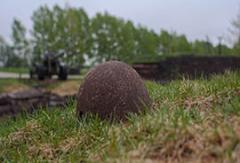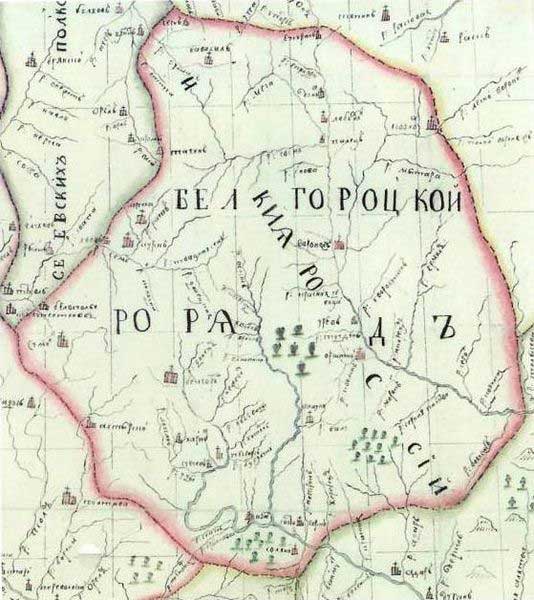History of Belgorod
Origins
There is evidence of human settlement in the area of modern-day Belgorod since the 10th Century. This precursor to modern Belgorod bore the same name which means White City in Russian (bely meaning white and gorod meaning city), due to the area being rich in limestone. The original Belgorod was destroyed in 1237 during the Mongol-Tatar Invasion of Rus. Only several centuries later would Belgorod be re-founded.
16th and 17th Century
In 1596 Tsar Feodor I, acting on the orders of his regent Boris Godunov, ordered Belgorod be re-founded as a fortification and the new settlement was made the centre of the Belgorod Division - a military and administrative region. During this time Moscow was concentrating on securing its south-western borders from Crimean Tatar and Nogai raids. In the early 17th century Belgorod was an important fortress on the Belgorod Abatis Border, part of the Great Abatis Border, which was a fortification barrier stretching hundreds of kilometres made by building barricades from felled trees and by digging ditches and making mounds.
18th Century
St Joseph (Ioasaf) of Belgorod
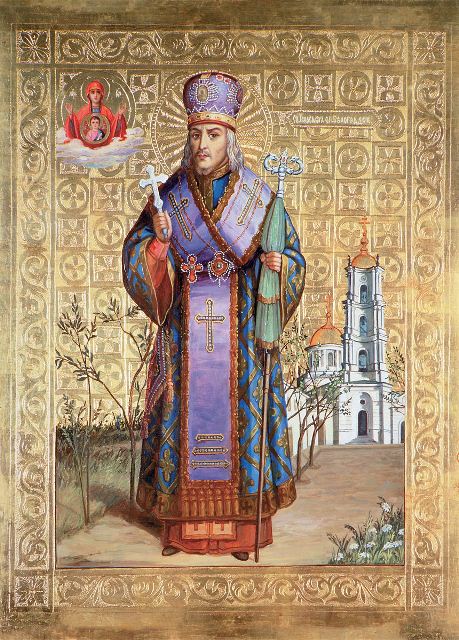
In 1748 Archimandrite Ioasaf of the Troitse-Sergieva Lavra was ordained Bishop of Belgorod and Oboyan. During his term as bishop he became known for visiting and helping the eparchy's poor and sick. Ioasaf died in 1754. His body was eventually interned in Belgorod's Holy-Trinity Cathedral and several years later was discovered to be incorrupt. News of this spread around the empire and pilgrims started to visit Ioasaf's relics which were credited as miracle-working. Finally at the request of Emperor Nicholas II, Ioasaf was canonised in 1911 as St Joseph (Ioasaf) of Belgorod.
Loss of Defensive Significance
In 1727 Belgorod became the administrative centre of the Belgorod Governorate of the Russian Empire. The city's strategic importance diminished with Russia's gradual incorporation of Ukraine in the 17th and 18th centuries. Its defensive significance was then virtually completely lost when the Crimean Khanate was eventually defeated by Russia in 1783. Its loss of significance was clearly demonstrated when its status was decreased to that of a district centre within the Kursk Governorate in 1779.
19th Century
Industrial Development
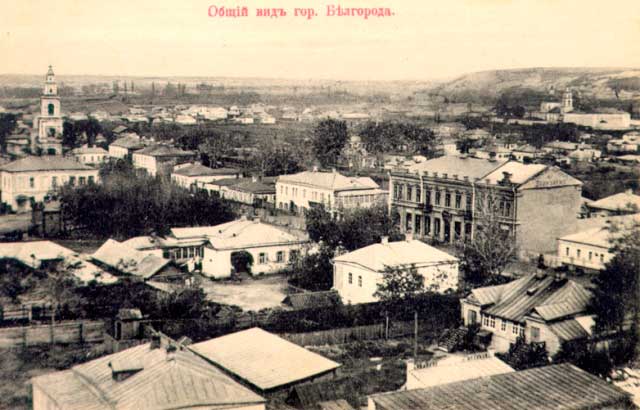
Throughout the 19th century, Belgorod saw a growth in its industrial output. Its principal industries were the production of chalk, wool and wax. The city also became known for producing lard (salo) and the alcoholic drink called gorilka (similar to vodka). According to the Brockhaus and Efron Encyclopedic Dictionary, which was published in Russia at the end of the 19th century, Belgorod had 15 churches, two cathedrals, a monastery and a convent, various educational institutes and 41 factories.
20th Century
Soviet Period
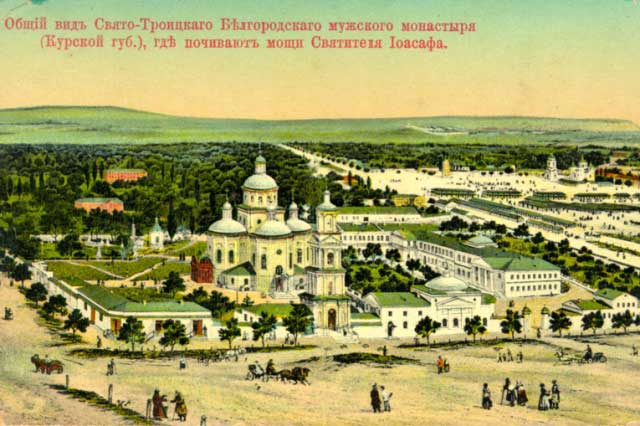
Soviet power was established in Belgorod in October 1917, but the city fell to German troops in April 1918. After the Treaty of Brest-Litovsk, Belgorod found itself in the zone of German Occupation. Eventually Belgorod became part of the Ukrainian State of 1918, until its Hetman Pavlo Skoropadsky was overthrown and the Red Army recaptured Belgorod. Once the Soviets had secured the city for themselves they began shutting down the city’s monasteries and churches. In 1925 the Svyato-Troitsky Monastery and its Trinity Eparchial Cathedral were closed down and later demolished.
Second World War
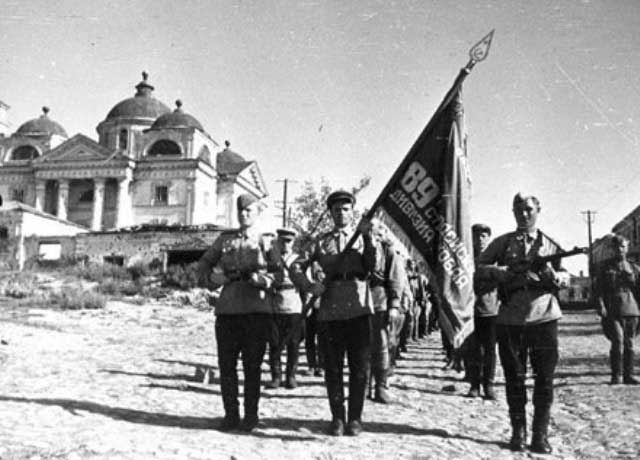
Belgorod was once again occupied by Germany during the Second World War. There were two periods of Nazi occupation during the war: from 24 October 1941 to 9 February 1943 and from 18 March to 5 August 1943. The city was almost completely destroyed during these periods. Upon Belgorod's final liberation on 5 August 1943, fireworks were set off in Moscow for the first time during the war. As a result, along with the city of Oryol, Belgorod was named "City of the First Fireworks" and 5 August became City Day in Belgorod. The Belgorod-Kharkov Offensive, including the largest tank battle in history which took place in nearby Prokhorovka, was an important part of the larger Battle of the Kursk Salient and the city was recently awarded the status of City of Military Glory for its bravery, resistance and heroism. After the war the city became the centre of the newly-established Belgorod Region and the rebuilding process began.


 History
History
